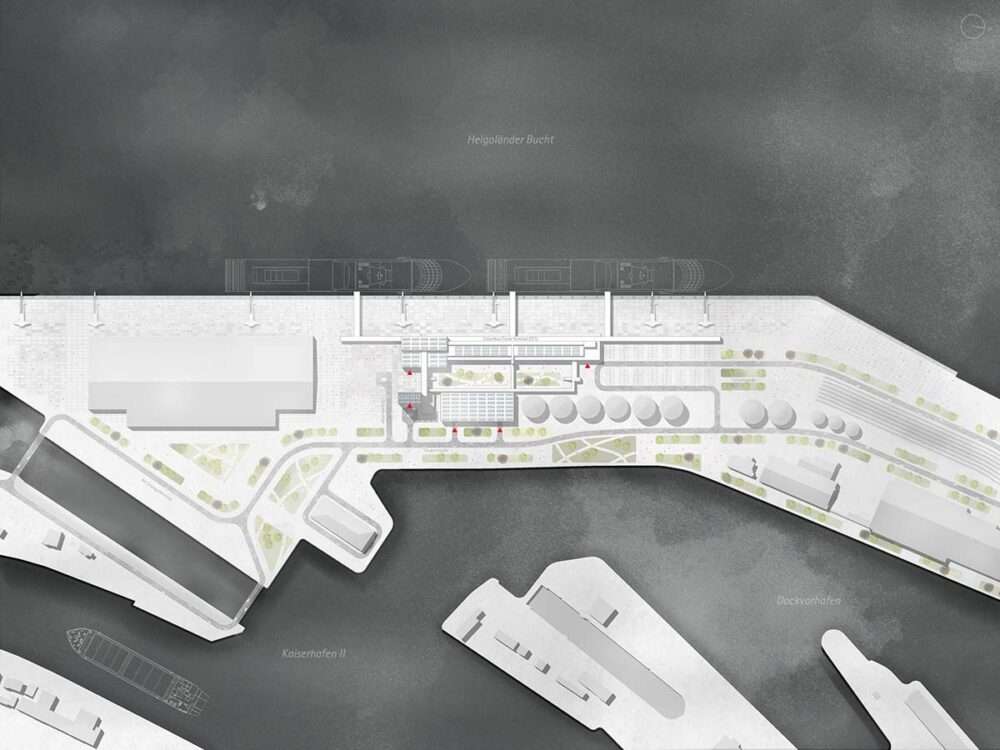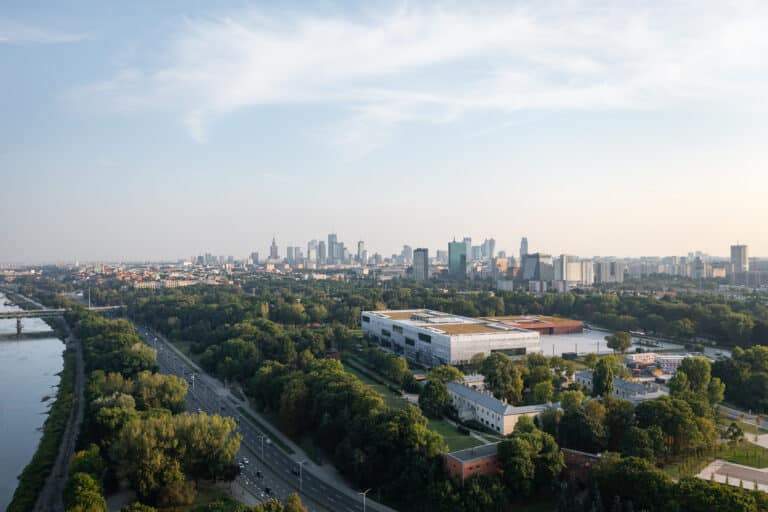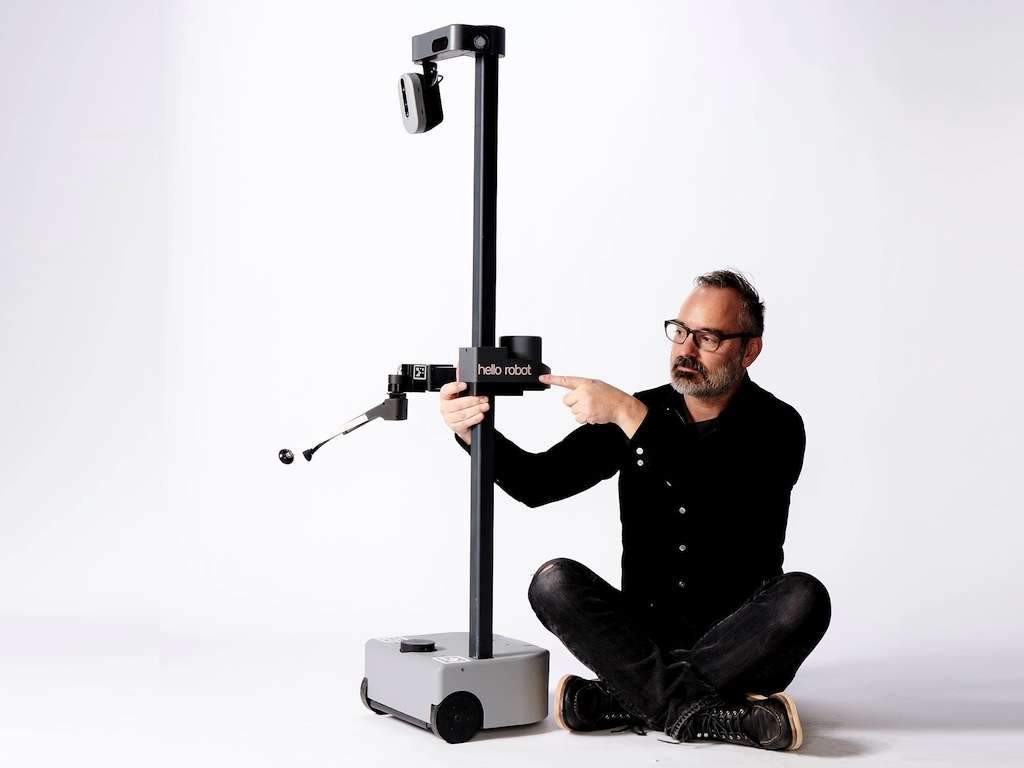Transformation of the historic Columbus Cruise Terminal in Bremerhaven
von Gerkan and Marg and Partners Architects (gmp) have won the bid to convert
the historic Columbus Cruise Terminal (CCB) in Bremerhaven, Germany.
Instead of demolishing the original structure, gmp will now renovate the Columbus Cruise Terminal (CCB),
and implement a more sustainable development.
The station in Columbuskaje has a long history and is very popular with citizens and tourists.
Therefore, it has great potential . Since the early 19th century,
travelers and immigrants have started their journeys from here.
In 1958, Elvis Presley stopped here on his way to do his military service in Germany – greeted by thousands of fans.
In this time,The Columbus Cruise Terminal is used mainly by cruise ships
and is an important commercial project and tourist attraction for the city.
Since its opening in 1827, the port has served eight million people
as the starting point for their journey to the New World –
As such it was an attractive commercial magnet for local shipping companies.
And when the facility opened its famous Colombosky wharf in 1927,
it cemented its role in transatlantic shipping between Germany and America.

Design features
The current terminal was built between 1952 and 1958, but as air travel began to boom in the 1960s,
the days of classic transatlantic cruises came to an end.
For this reason, the sections south of the passenger facilities were not completed and their location was used to build a storage depot.
As a result, today’s CCB includes elements used for a range of different functions.
The current plan, in the spirit of sustainable development,
is to retain these units and develop them by converting them in line with the original – albeit aborted – design idea.
Using an innovative and sustainable load bearing system,
its reinforced concrete structure will be extended to the full 14 storeys originally planned,
for which foundations have already been laid.
At the same time, distinctive interior spaces, such as the first-class waiting area
and the central waiting hall with associated shops, will be retained.
The cruise terminal’s functions can be expanded to include culture rooms, food outlets, and events.

A recyclable car stack in the flood protected area east of the Columbus Cruise Terminal will provide the required parking spaces.
In the medium term, this can be dismantled in a non-destructive manner if necessary as part of the transition to mobility.
The corridor will provide a direct link to the China Construction Bank and new public facilities.
There will also be a garden where ship passengers can relax while waiting for their departure and where
day visitors can enjoy watching the goings-on at the station.
For more architectural news







